Smart Classrooms:
Bridging Gaps in
Traditional Education
Get Your Free Trial Now!

Smart Classrooms: Bridging Gaps In Traditional Education
Education has always been at the forefront of societal progress, serving as the cornerstone for character and collective development. Over the years, the panorama of schooling has advanced appreciably, with advancements in the era of gambling a pivotal function.
One such technological jump that has converted the traditional getting-to-know experience is the advent of clever school rooms. Smart school rooms harness the energy of technology to enhance coaching methodologies, interact with students, and perform gap analysis to bridge gaps in traditional schooling systems.
The Evolution of Education
Traditional training, characterized by chalkboards, textbooks, and face-to-face interactions, has long been the bedrock of studying. However, the global virtual revolution has ushered in an era where it has turned out to be a necessary part of our everyday lives. As an end result, the education zone has needed to adapt to the changing instances, mainly to the emergence of smart school rooms.
Smart Classrooms Defined
Smart school rooms are technologically geared up studying areas that combine virtual equipment and assets to create an immersive and interactive educational environment. These lecture rooms move past the restrictions of traditional teaching strategies, incorporating multimedia factors, collaborative systems, and internet connectivity to provide an extra dynamic experience.
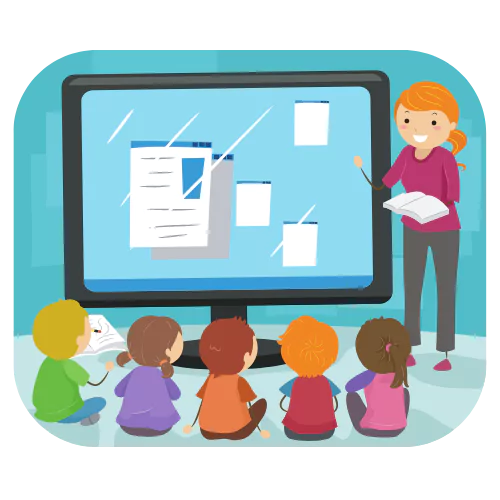
Key Features of Smart Classrooms
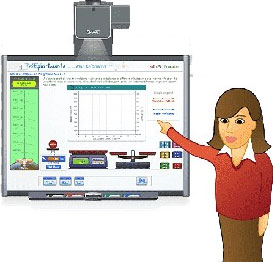
Interactive Whiteboards
One of the defining functions of smart classrooms is the interactive whiteboard. These digital forums replace traditional chalkboards, allowing instructors to deliver dynamic presentations, annotate content material, and interact with college students via interactive classes. This era enables a more visually stimulating & participative.

Digital Content and Multimedia Integration
Smart school rooms leverage digital content material consisting of e-books, educational videos, and interactive simulations to make studying extra attractive. Multimedia elements stimulate diverse senses, catering to various getting-to-know styles and enhancing comprehension.
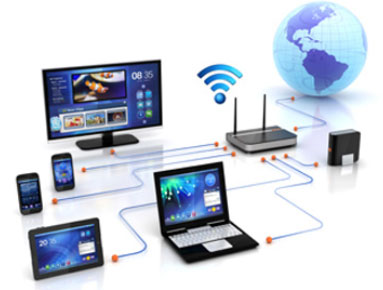
Internet Connectivity
With the integration of excessive-speed nets, clever school rooms permit college students to gain access to a giant array of online resources. This connectivity fosters impartial research, collaborative initiatives, and actual-time interplay with international educational groups.

Collaborative Learning Platforms
Smart lecture rooms facilitate collaborative studying through online structures and tools. Students can work collectively on projects, share ideas, and interact in digital discussions, breaking down geographical obstacles and promoting teamwork.

Adaptive Learning Systems
Personalized knowledge of stories is made feasible through adaptive learning systems. These systems use information analytics to recognize every pupil's getting to know fashion, pace, and tailoring the curriculum to meet men's or women's desires.
Bridging Gaps in Traditional Education
Enhanced Engagement
Smart classrooms captivate students' interest through multimedia presentations, interactive quizzes, and actual-time remarks. The interactive nature of those classrooms continues students to actively worry in the getting-to-know manner, reducing boredom and disinterest often associated with traditional lectures.
Customized Learning Paths
Traditional training follows a one-length-fits-all version, which might not cater to the numerous mastering desires of college students. Smart school rooms, on the other hand, permit personalized mastering reports, making sure that every scholar progresses at their very own tempo and comprehends the cloth very well.
Global Connectivity
Smart lecture rooms ruin geographical obstacles, connecting college students with friends, professionals, and assets from around the sector. This international connectivity fosters cultural awareness, broadens perspectives, and prepares students for an extra-interconnected world.
Real-time Assessment
Smart school rooms permit actual-time assessment through quizzes, polls, and interactive sports. Teachers can gauge scholar knowledge right away, perceive regions of development, and adapt their coaching strategies for this reason. This timely remarks loop complements the effectiveness of gaining knowledge of the method.
Teacher Empowerment
Teachers in clever classrooms turn out to be facilitators and courses in preference to simply disseminators of statistics. The technology empowers educators to discover modern teaching strategies, collaborate with peers globally, and continuously update their understanding and capabilities.
Challenges and Considerations
While smart classrooms offer several advantages, there are challenges that educators, administrators, and policymakers should take into account:
Cost and Infrastructure
Implementing smart lecture rooms requires great investments in technology, infrastructure, and instructor training. Not all educational institutions, especially the ones in economically disadvantaged regions, may additionally have the resources to make this transition.
Digital Divide
The digital divide remains an urgent issue, with disparities in getting admission to generation and the net. Ensuring equitable access to clever study room generation is critical to saving you from exacerbating existing academic inequalities.
Privacy and Security
The integration of technology raises concerns about the privacy and safety of pupil statistics. Institutions must enforce strong measures to shield sensitive statistics and adhere to moral requirements in statistics utilization.
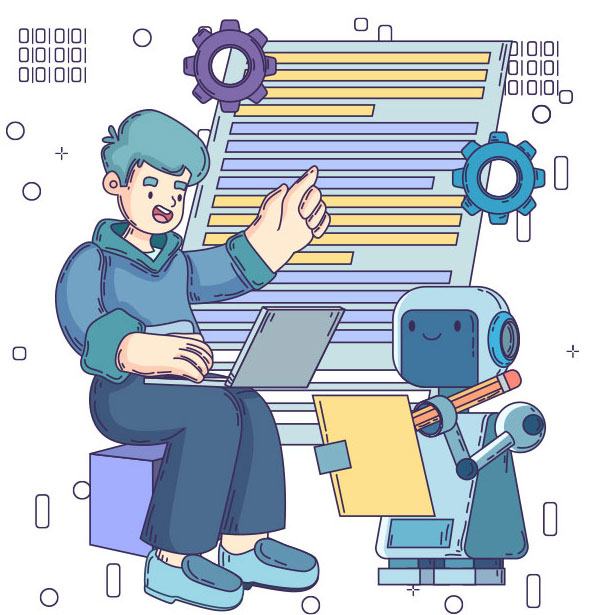
What Are Smart Classrooms
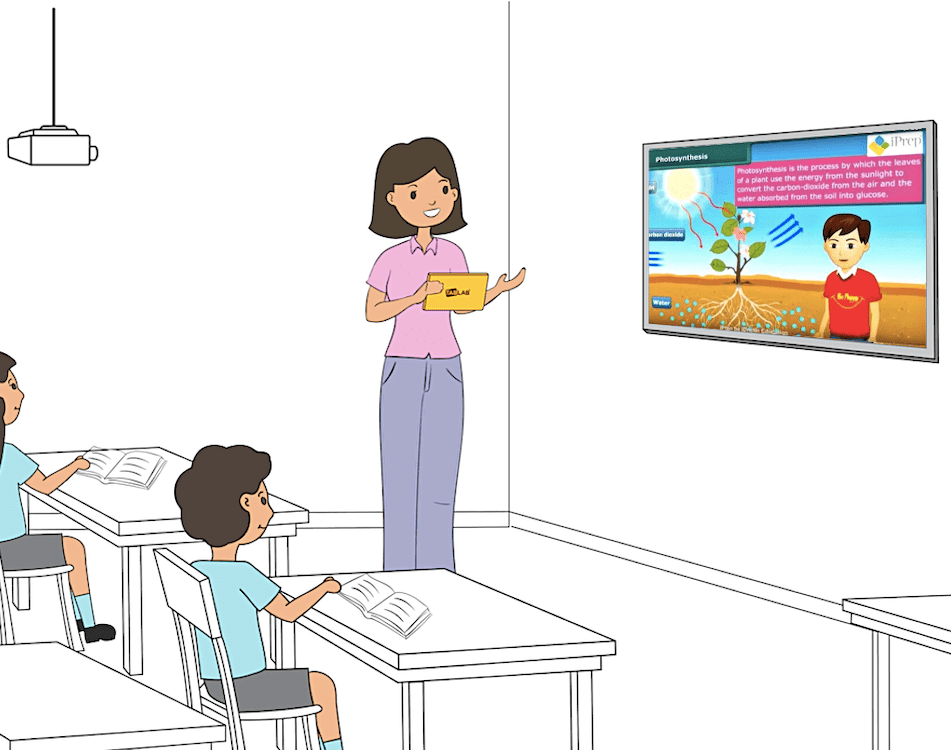
In the rapidly evolving landscape of training, traditional classrooms are giving way to revolutionary and generation-driven mastering environments referred to as smart school rooms. These cutting-edge academic areas leverage the cutting-edge era to enhance the coaching and studying enjoy, fostering an interactive and dynamic ecosystem for each educator and student. This article will delve into the idea of smart school rooms, exploring their capabilities, blessings, and the transformative impact they have on education.
Smart classrooms are technologically superior mastering areas equipped with quite a few interactive tools and devices that facilitate an extra enticing and green instructional experience. These classrooms integrate virtual technologies to create an interactive and collaborative getting-to-know environment, aiming to enhance the overall coaching and mastering procedure.
What Are the Advantages of Smart Classrooms
Enhanced Engagement
The interactive nature of clever school rooms captivates college students' interest and fosters energetic participation, main to increased engagement and better retention of facts.
Personalized Learning
Smart school rooms provide opportunities for personalized study reviews. Teachers can tailor classes to characterize pupil needs, taking into account a more adaptive and custom-designed academic approach.
Improved Teaching Effectiveness
Educators can utilize clever school room era to streamline lesson shipping, get the right of entry to real-time comments, and better check pupil development. This affects more powerful coaching techniques and targeted interventions while wanted.
Technological Literacy
Exposure to technology in clever lecture rooms equips students with essential technological competencies, getting them ready for the digital demands of the twenty-first-century body of workers.
Cost and Resource Efficiency
While the initial setup prices may be extensive, smart lecture rooms regularly lead to lengthy-time period fee financial savings by way of decreasing the need for traditional teaching materials and resources.
Key Features of Smart Classrooms
Interactive Whiteboards
One of the significant functions of smart schoolrooms is the interactive whiteboard. These big, contact-touchy shows allow teachers to present virtual content, annotate, and manage facts in actual time. Students can actively take part by interacting with the content at once, fostering a more enticing and collaborative learning experience.
Audio-Visual Systems
Smart school rooms frequently incorporate advanced audio-visual structures, which include extremely good projectors and speakers. These systems decorate the delivery of multimedia content material, making training more dynamic and visually stimulating.
Digital Content and Resources
Smart school rooms leverage digital content and online sources to supplement traditional textbooks. Educational apps, simulations, and multimedia content material offer college students a greater diverse and interactive knowledge and experience.
Collaborative Tools
Smart classrooms inspire collaboration through the use of collaborative tools, including interactive software programs, cloud-based platforms, and communication equipment. Students can work together on initiatives and percentage ideas and collaborate seamlessly, fostering a sense of teamwork and improving their trouble-fixing skills.
Remote Learning Capabilities
With the upward push of the era, clever lecture rooms regularly have the potential for far-flung studying. This function permits students to get the right of entry to academic content material from anywhere, facilitating flexible mastering opportunities and accommodating numerous learning styles.
Explore The Global Adoption of Smart Classrooms
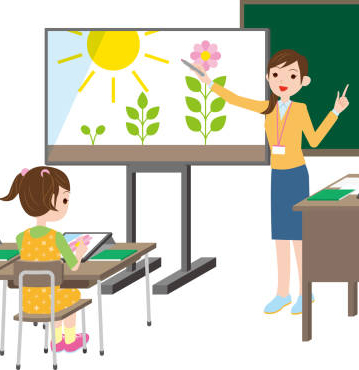
The Rise of Smart Classrooms
Smart lecture rooms also referred to as digital or technology-more desirable classrooms, combine numerous technological gear to facilitate a greater interactive and tasty gaining knowledge of surroundings. The rise in popularity and accessibility of the tutorial era, along with the development of interactive whiteboards, tablets, virtual reality (VR), augmented reality (AR), and other collaborative tools, can be credited with the evolution of smart classrooms. This integration aims to foster a greater dynamic and customized knowledge of revel in.
Future Trajectory
The global adoption of smart classrooms is poised to keep its upward trajectory, pushed with the aid of advancements in technology and a growing reputation for the advantages they provide. The future of schooling is probable to see similar integration of artificial intelligence, customized studying systems, and adaptive technologies, catering to personal pupil needs. As the arena becomes more interconnected, clever schoolrooms will play a pivotal position in making college students ready for the challenges and possibilities of the virtual age.
Global Adoption Trends
The adoption of smart school rooms has been on the rise globally, with diverse international locations making an investment in the educational era to modernize their education structures. Nations, which include America, South Korea, China, and numerous European international locations, have made significant strides in integrating clever lecture rooms into their academic infrastructure.
-
United States: Many faculties and universities within the United States have embraced the smart study room era to create more interactive and tasty knowledge of environments. The use of interactive presentations, online collaboration equipment, and educational software is more and more commonplace throughout the schooling landscape.
-
South Korea: South Korea has been at the vanguard of adopting a superior generation in schooling. The authorities have actively promoted the integration of clever lecture rooms to decorate the first-rate training and put together students for the virtual age.
-
China: China has made enormous investments in smart education, leveraging technology together with AI, VR, and AR to create immersive and interactive learning reports. The adoption of clever schoolrooms aligns with the USAs recognition of technological innovation and academic excellence.
What Are the Challenges in Adopting Smart Classrooms?
Infrastructure and Cost Constraints
One of the primary challenges in adopting smart lecture rooms is the full-size financial funding required. Upgrading infrastructure to accommodate clever technologies, purchasing interactive shows, and ensuring a dependable high-speed net connection can stress the price range of instructional establishments, especially those in resource-confined environments. This monetary burden often will become a barrier to sizeable adoption.
Teacher Training and Resistance to Change
Integrating generation into classrooms necessitates that instructors turn out to be gifted in the efficient use of that equipment. However, resistance to change is a common assignment among educators. Some may be hesitant or lack the vital abilities to include the era seamlessly into their teaching strategies. Adequate training packages are crucial to empower instructors and assist them in embracing the capacity benefits of smart lecture rooms.
Content Creation and Customization
Smart lecture rooms require digitized content that aligns with the curriculum. Creating, updating, and customizing digital content material to meet the precise desires and problems of every classroom may be time-consuming and disturbing. Educational institutions should spend money on content introduction tools and techniques to make certain that the transition to clever lecture rooms is sufficient for first-rate schooling.
Maintenance and Technical Support
Ensuring the smooth operation of smart classroom technologies calls for ongoing preservation and technical support. Malfunctions or system faults in hardware and software programs can disrupt classes, leading to valuable instructional time being misplaced. Institutions ought to set up sturdy guide structures and feature a contingency plan in the vicinity to deal with technical issues directly.
Accessibility and Inclusivity
While smart lecture rooms provide revolutionary methods to supply schooling, it is crucial to recall accessibility and inclusivity. Not all students have the same right of entry to digital devices or the internet, creating a digital divide. Educational establishments want to implement techniques to make certain that generation is on the market to all college students, regardless of their socioeconomic backgrounds.
Data Security and Privacy Concerns
Smart classrooms involve the collection and garage of touchy pupil statistics. Ensuring the safety and privacy of this information is paramount. Educational establishments should enforce robust cybersecurity measures to protect scholar information from unauthorized access or breaches, addressing concerns from both dad and mom and regulatory bodies.
Sustainability and Environmental Impact
The steady evolution of technology often leads to a rapid turnover of gadgets, contributing to electronic waste. Educational institutions adopting clever classrooms have to consider the environmental impact of regularly updating and discarding electronic systems. Implementing sustainable practices, including accountable disposal and recycling applications, is crucial to mitigate the environmental consequences.
Conclusion

In the end, clever lecture rooms have emerged as a transformative pressure in schooling, effectively bridging gaps in conventional teaching methodologies. The integration of generations into classrooms has revolutionized the studying experience, making it more attractive, interactive, and tailor-made to character desires.
Through the implementation of clever devices, multimedia content, and collaborative gear, students can now get the right to enter a wealth of statistics, develop essential thinking abilities, and put together for the challenges of the digital age.
Additionally, smart lecture rooms empower educators to evolve their coaching patterns, screen student development more effectively, and create a dynamic and inclusive knowledge of the environment.
FAQs
How do clever classrooms decorate the mastering revel for college kids?
Smart school rooms enhance the studying experience by way of incorporating interactive technology, multimedia content, and collaborative gear, making lessons extra enticing and tailored to individuals gaining knowledge of styles.
What challenges might also arise in the implementation of clever school rooms?
Challenges in enforcing clever school rooms can also consist of the preliminary fee of generation, training for teachers, and issues regarding records safety and privacy.
How do clever lecture rooms advantage teachers in conventional education settings?
Smart classrooms enable teachers to modify their teaching strategies, track students' progress more effectively, and establish a vibrant, welcoming learning environment that meets a variety of student needs.
Are smart classrooms accessible to all college students, regardless of socioeconomic background?
Efforts are being made to make certain accessibility. However, challenges persist in supplying the same right of entry to technology for all students. Initiatives like digital literacy packages aim to bridge the gap.
What is the function of smart school rooms in making ready college students for the destiny job marketplace?
Smart classrooms equip students with vital virtual skills, essential questioning competencies, and flexibility, making them ready for the needs of the future activity marketplace, which is increasingly reliant on era and innovation.